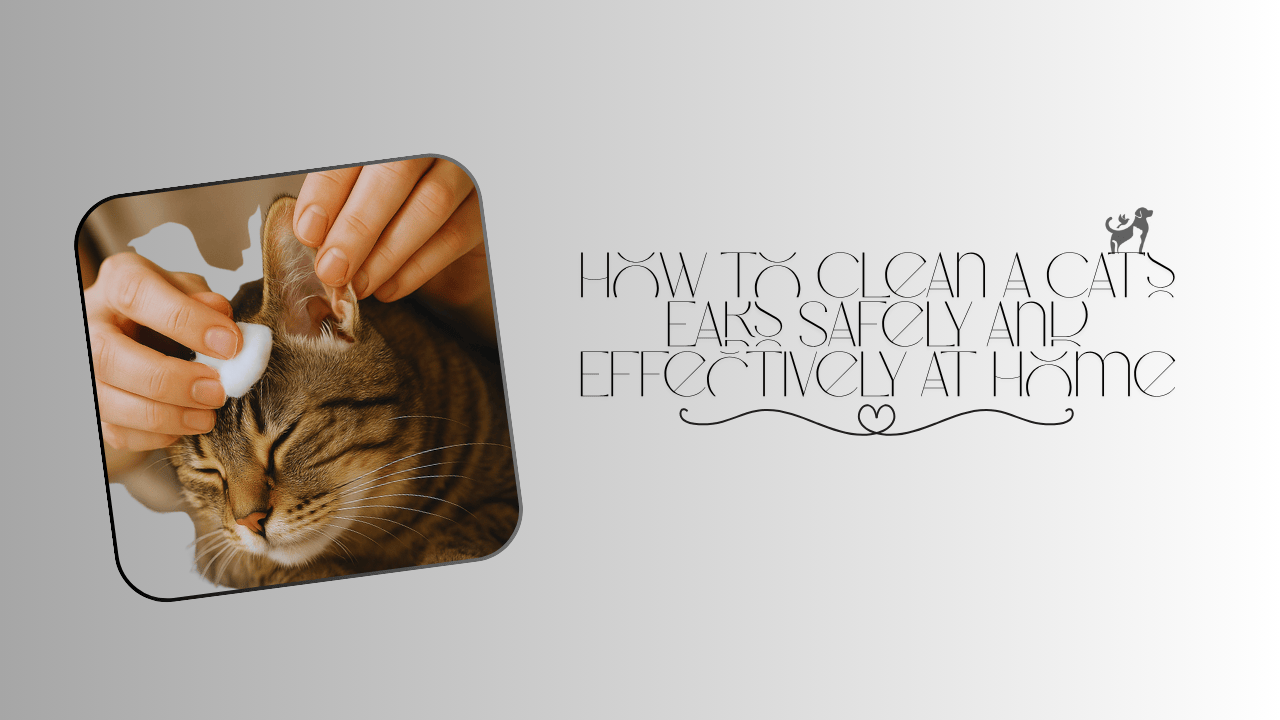Caring for a cat with kidney disease can be overwhelming, especially when it comes to their diet. If you’re here, chances are your vet has given you the news, and now you’re searching for the most nutritious homemade cat food for kidney disease. Good news: You’re not alone. Many pet parents across the US, UK, Spain, and Germany are turning to fresh, natural meals to help their cats live healthier, longer lives.
Understanding Kidney Disease in Cats
Chronic Kidney Disease (CKD) is common in older cats. It happens when the kidneys can no longer filter waste efficiently. This leads to toxins building up in the blood, causing symptoms like:
- Weight loss
- Vomiting
- Bad breath (ammonia-like smell)
- Excessive thirst
- Frequent urination
Most pet owners don’t realize their cat is sick until the disease is already advanced. That’s why nutrition becomes a critical part of managing kidney disease.
According to PetMD, dietary therapy can slow the progression of CKD and improve quality of life.
Why Homemade Food Can Help
Commercial kidney diets work, but they aren’t always tasty or affordable. Homemade food gives you full control over:
- Ingredients – Avoid harmful additives and preservatives.
- Phosphorus levels – Critical for managing kidney strain.
- Protein sources – Use high-quality, low-quantity protein to ease kidney workload.
- Hydration – You can add more moisture to every meal.
When my cat Luna was diagnosed with stage 2 kidney disease, she flat-out refused every renal prescription diet we tried. It wasn’t until I started cooking for her that she started eating again and regaining energy.
Essential Nutritional Needs for Cats with CKD
Before jumping into recipes, it’s vital to understand what nutrients your cat needs (and what to limit).
✅ Prioritize:
- Moisture: Wet food is a must – cats with CKD need more hydration.
- High-quality protein: Small amounts of digestible protein, like egg whites or lean poultry.
- Omega-3 fatty acids: Helps reduce kidney inflammation.
- B-vitamins: Cats with kidney issues lose more through urination. Supplement as needed.
❌ Avoid or Limit:
- Phosphorus: Found in bones, dairy, and organ meats. Use phosphorus binders if needed.
- Sodium: High salt worsens kidney damage.
- Low-quality protein: Avoid cheap fillers or by-products.
For exact values, work with your vet or a feline nutritionist.
Best Homemade Cat Food Recipes for Kidney Disease
💡 Always transition slowly and get vet approval before changing your cat’s diet.
1. Chicken & Rice Renal-Friendly Meal
Ingredients:
- 1/2 cup cooked white rice
- 1/4 cup boiled chicken breast (no skin, no salt)
- 1 egg white (cooked)
- 1 tsp salmon oil (for omega-3s)
- Calcium supplement (per vet advice)
- Water or unsalted chicken broth for moisture
Instructions:
- Shred the chicken and mix with rice.
- Stir in egg white and salmon oil.
- Add enough water to make it soft and soupy.
- Serve warm.
📝 This was Luna’s go-to meal for weeks. I’d prep 3-day batches and store in the fridge.
2. Low-Phosphorus Tuna Treat
Ingredients:
- 1 can of no-salt-added tuna in water
- 1/2 cup pumpkin purée (fiber + moisture)
- 1/4 tsp potassium supplement (vet-prescribed)
- Water as needed
Instructions:
- Mix everything into a mushy consistency.
- Warm slightly for better aroma.
- Serve as a topper or snack.
3. Egg White & Sweet Potato Mash
Ingredients:
- 2 cooked egg whites
- 1/4 cup mashed sweet potato (plain, no seasoning)
- 1 tsp fish oil
- 1/8 tsp taurine supplement
- Water or low-sodium broth
Instructions:
- Blend egg whites and sweet potato.
- Mix in oil, taurine, and enough water for a pâté texture.
- Serve at room temperature.
Tips from Real Pet Owners
Most cat parents struggle with picky eaters and expensive diets. Here’s what’s helped others:
“Warming the food slightly made a huge difference. My cat started licking her bowl again.” – Rachel, Maine
“Adding tuna water or a sprinkle of nutritional yeast boosted her appetite big time.” – Mark, Ohio
“I learned to batch-cook on Sundays. I label each portion by day and include supplements per vet’s chart.” – Sarah, Oregon
You’re not alone in this journey – real food and love go a long way.
Risks and When to Talk to Your Vet
While homemade cat food for kidney disease can be rewarding, it’s not without risk.
Watch out for:
- Imbalanced nutrients – Missing taurine, calcium, or too much phosphorus can do harm.
- Too much protein – Even high-quality protein in excess stresses the kidneys.
- Skipping vet checks – Always monitor kidney values (BUN, creatinine, phosphorus) every few months.
Always consult your vet if:
- Your cat loses weight
- Shows signs of vomiting, weakness, or diarrhea
- Stops eating homemade food
For comprehensive feeding guidelines, check with the American Association of Feed Control Officials (AAFCO).
FAQs
What is the best protein for cats with kidney disease?
Answer: High-quality, low-phosphorus proteins like egg whites, skinless chicken breast, and certain fish (like tilapia) are best. Avoid red meat and organ meats high in phosphorus.
Can I feed raw food to a cat with kidney issues?
Answer: No. Raw food carries bacteria risks, especially dangerous for sick cats. Cooked, moist food is much safer and easier to digest.
How do I make sure the homemade food has all the nutrients?
Answer: Use a vet-approved recipe and add recommended supplements like taurine, B-vitamins, and phosphorus binders. You can also consult a feline nutritionist for a custom plan.
Is commercial food better than homemade?
Answer: Not always. Prescription renal diets are balanced but not always palatable. Homemade food gives control and freshness, but only if it’s properly formulated.
How much water should I add to homemade cat food?
Answer: Enough to create a soft, stew-like texture. A general rule is to add 2–3 tbsp of water or broth per 1/4 cup of food. This helps hydration and kidney function.
Final Thoughts
Making homemade cat food for kidney disease may feel overwhelming at first. But with a bit of research, support, and trial and error, it becomes second nature. The goal is to give your cat a longer, healthier, and happier life – starting with what goes in the bowl.
If you’re looking for more pet health tips, food recipes, and lifestyle guides, visit Fluffze.com – your trusted source for honest pet advice.
Written by Shawn, pet lover & contributor at Fluffze.
Related Articles:
Scottish Fold Lifespan: How Long Do They Live?
The Best Homemade Cat Food for Sensitive Stomach
Homemade Dog Food for Allergies – Recipes & Tips






